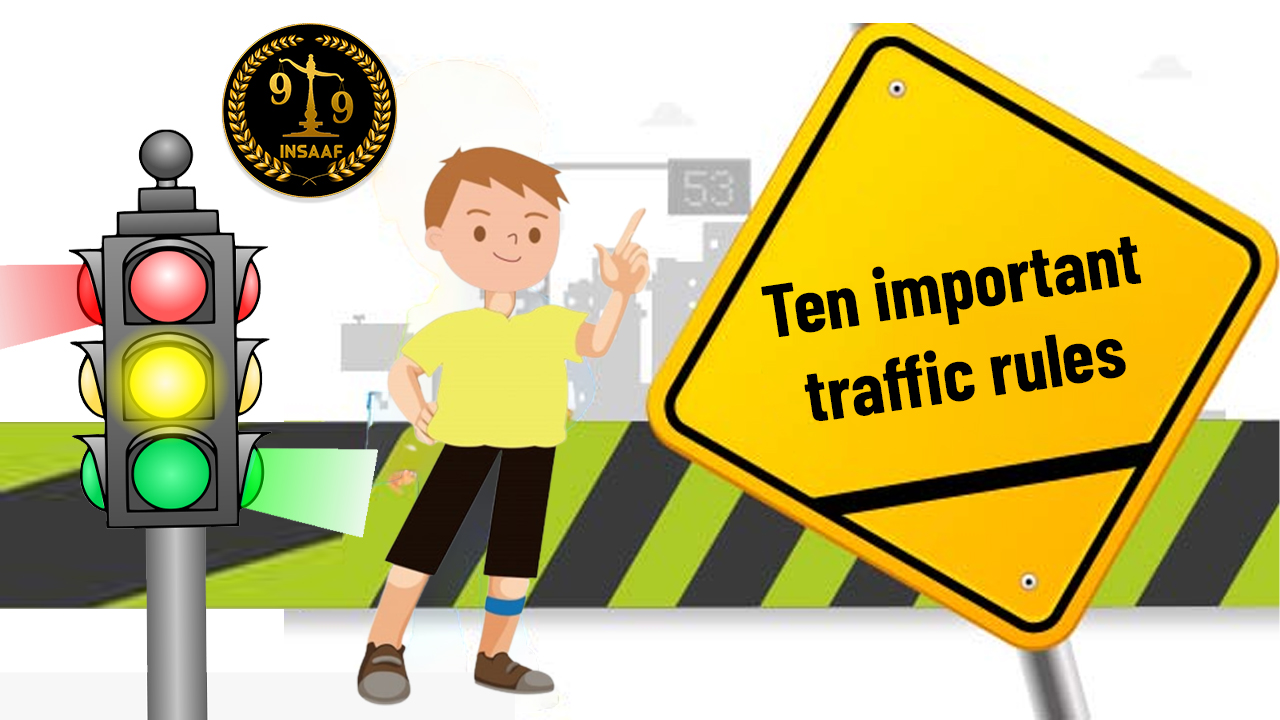
Traffic rules play a crucial role in ensuring the safety and efficiency of road transportation. They are a set of regulations and guidelines that govern the behavior of motorists, pedestrians, and other road users. The importance of traffic rules cannot be overstated, as they contribute to several key aspects of road safety and smooth traffic flow. Here are some reasons why traffic rules are important:
-
Safety: The primary purpose of traffic rules is to ensure the safety of all road users. They provide a framework for maintaining order on the roads, reducing the risk of accidents, injuries, and fatalities. By obeying traffic rules, drivers can minimize the chances of collisions and create a safer environment for themselves and others.
-
Accident Prevention: Traffic rules are designed to prevent accidents and minimize their severity. They outline proper driving practices, such as following speed limits, maintaining safe distances, using turn signals, and yielding right-of-way. Adhering to these rules helps drivers anticipate and respond to potential hazards, reducing the likelihood of accidents.
-
Efficient Traffic Flow: Traffic rules help facilitate the smooth flow of traffic, especially in congested areas. They provide a common understanding of how vehicles should navigate intersections, change lanes, merge, and use traffic signals. When drivers follow these rules, traffic congestion is reduced, and the overall efficiency of the road network improves.
-
Pedestrian Safety: Traffic rules are not limited to motorists; they also protect pedestrians and ensure their safety. Rules regarding pedestrian crossings, sidewalks, and designated pedestrian areas help prevent accidents involving pedestrians. By obeying these rules, drivers contribute to creating a safer environment for people walking or crossing the road.
-
Uniformity and Predictability: Traffic rules establish a standard set of guidelines that all road users can understand and follow. This uniformity promotes predictability on the roads, allowing drivers to anticipate the behavior of others and make informed decisions. When everyone is aware of and follows the same rules, confusion and conflicts are minimized.
-
Law Enforcement: Traffic rules serve as a basis for law enforcement agencies to regulate and enforce road safety. Violations of traffic rules can result in penalties, fines, or other legal consequences. By enforcing traffic rules, authorities aim to deter reckless driving behaviors and promote compliance among road users.
-
Infrastructure Planning: Traffic rules influence the design and planning of road infrastructure. They help determine factors such as road signage, traffic signals, speed limits, and lane configurations. By considering traffic rules during infrastructure development, transportation authorities can create road systems that are safe, efficient, and accommodate the needs of various users.
In summary, traffic rules are of utmost importance for maintaining road safety, preventing accidents, ensuring efficient traffic flow, protecting pedestrians, promoting uniformity, enabling law enforcement, and guiding infrastructure planning. By adhering to traffic rules, individuals contribute to creating a safer and more organized road environment for everyone.

No comments yet